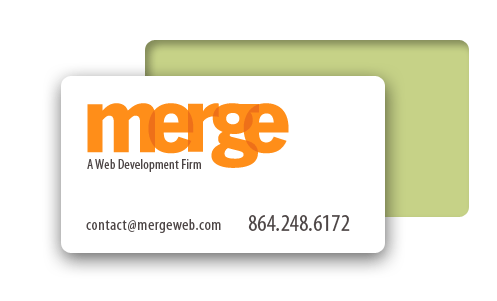We all know about marketing plans…it’s the end of the year, so you might be doing one now.
What about your web marketing plan? Have you thought about it? With the web becoming businesses main marketing tool, a plan might be a good idea.
If you haven’t done one, here are twelve very easily implemented and practical ideas that you might find useful. Just implement one per month, and you’ll be on your way to web strategy success:
January: Decide what your web site needs to accomplish.
Your web site should help you achieve your business goals. So what are your business goals? (If you don’t know, you might want to define them for goodness sake). Okay, what does your site need to do to help you with your business goals? (i.e. if you want to do $1M in sales, and you average $50,000 per sale, you need 20 sales. Let’s say you want the site to help generate 50% of all leads. You close about 20% of your leads. Your site needs to generate 100 leads per year, or about 8 leads per month). How many visitors do you need to generate 8 leads per month? With a conversion rate of say 3%, you would need about 275 visitors per month. Now that’s knowing what your site needs to accomplish!
February: Clean up your calls-to-action.
Most likely you’re using lame calls-to-action like “Contact Us” or “Learn More” or the dreaded “Click here.” Stop it. Change these into compelling calls-to-action so you actually get users to act.
March: Sign-up for Google .
You might not use this for three months, but start tracking your stats now so you can use them later. Do this. Measuring is key.
April: Set-up your Google Adwords.
After you create an account, create a campaign. If you’re a local company, restrict your campaign to your local area or state. Lastly, create 3-4 advertisements, so you can go back later and find out which ad is performing the best.
May: Review your competitors’ web sites.
This is an easy one. But review your competitors’ web sites and at least know what they are doing. If you have the bandwidth, implement one or two things that they may be doing to remain competitive and improve your site.
June: Keyword review.
Review your web site’s keywords. Hint: Look at the Title (of the browser), your meta tags (do a right click, view source), check out our headings and lastly, roll over your images and check out your Alt tags (the little yellow box that pops up). How are you doing? Not so well? Correct these with the appropriate keywords. Now.
July: Review your adword advertisements.
Okay, it’s been three months since you set up your adwords. Now it’s time to see how they are performing. In the campaign manager, review conversion rate of the ads. If you created 3-4, you may be surprised what one or two ads are leading the field. Pause the non-performers. If you want, create a couple more to further analyze at a later date.
August: Look at your Google .
You’re going to find a wealth of information in here. Let’s focus on one statistic, your bounce rate. If you see a bounce rate on your index page (home page) in excess of 25%, you will need to fix your index page. This means of all your users that access the site through your home page, they don’t go anywhere else and then leave your site. Nothing grabbed them. Review your site and change your home page to encourage users to take the next step.
September: Create an email signature.
What does this have to do with your site? Traffic. You probably send multiple emails out per day-as such, you’re losing valuable advertising space. At least have a link to your web site in your email signature.
October: Start thinking about a blog or a newsletter.
If people want to buy your products and/or services, then they are looking for more information before they make that leap of faith before purchasing. Use Constant Contact to do at least a quarterly newsletter, or use WordPress to blog a couple of times per week. Yes, it will take time, but you’ll find the benefits outweigh the cost of the time to create the content.
November: Change your content.
Okay, it’s been almost a year. Have you changed anything on your site? Update your news section, change up your home page a little. Add a blog or newsletter sign-up subscription form (above). Change something.
December: Review your stats again.
Yep, I can’t emphasize this enough. You’ve been measuring your web stats for close to a year now. Measure the following: Unique Visits, number of form submissions (if contact us is the goal), and calculate your conversion rate. Congratulations, you now have benchmarks for the next year. Now change your site so you can beat the current year benchmarks, next year.
